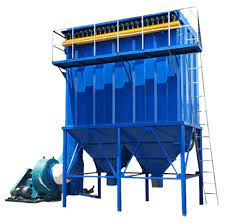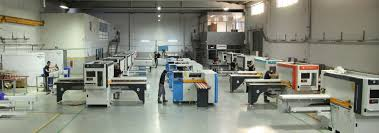How Production Machines Save Time
Production machines are all the rage in the world today, but while they make things a lot easier, they can also make your job harder. However, as this article will show you, there are ways to ease production machine workloads and still maintain optimum productivity.
How Machines Save Time
Production machines save time by automatically performing certain tasks. For example, a conveyor belt machine automatically moves products from one location to another. This saves time because the worker does not have to move the product themselves.
Advantages of using Machine over Human Manual Labor
Production machines have a number of advantages over human manual labor. These machines can save time and energy, increase production, and improve accuracy. Here are some of the benefits:
1. Machine labor is faster than human labor.
2. Machines can be more accurate than humans.
3. Machines can be more energy-efficient than human labor.
4. Machines require less maintenance than human labor.
Tips for Using Production Machines
When it comes to time-saving tips, production machines are a great resource. Here are a few to get started:
1. Set up consistent workflows and processes. This will help you streamline your workflow and make more efficient use of your time.
2. Use automation when possible. Automation helps you save time by performing certain tasks automatically.
3. Use computerized systems to monitor and control production processes. These systems can help you keep track of your inventory, schedule, and more.
4. Utilize motion tracking technology in order to improve accuracy and productivity. This technology can help you locate and correct mistakes quickly and efficiently.
Conclusion
Production machines save time in a number of ways. They reduce the amount of time necessary to complete a task, from start to finish. This is due to the efficiency of the machine and its ability to complete multiple tasks simultaneously. Additionally, production machines help reduce errors and waste, both during production and in the distribution process.




Comments
Post a Comment